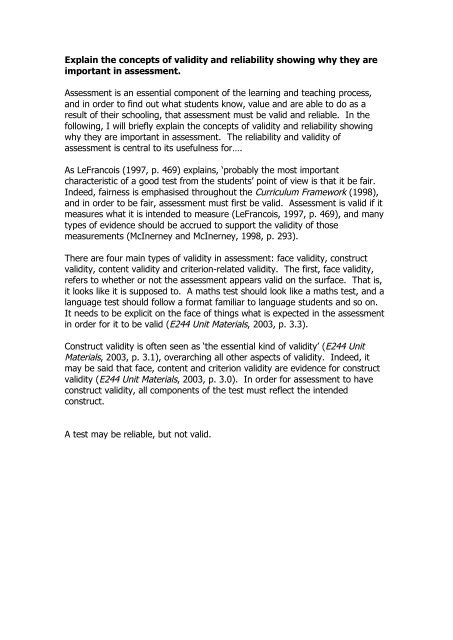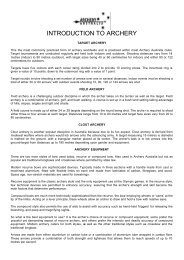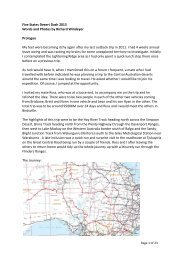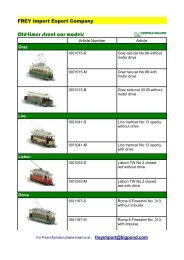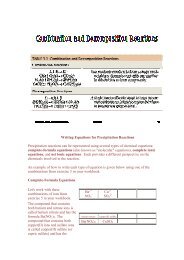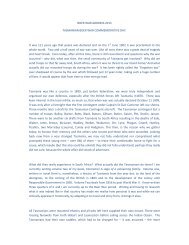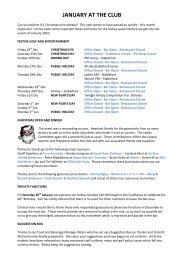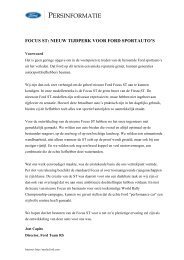Short Answer Questions
Short Answer Questions
Short Answer Questions
Create successful ePaper yourself
Turn your PDF publications into a flip-book with our unique Google optimized e-Paper software.
Explain the concepts of validity and reliability showing why they are<br />
important in assessment.<br />
Assessment is an essential component of the learning and teaching process,<br />
and in order to find out what students know, value and are able to do as a<br />
result of their schooling, that assessment must be valid and reliable. In the<br />
following, I will briefly explain the concepts of validity and reliability showing<br />
why they are important in assessment. The reliability and validity of<br />
assessment is central to its usefulness for….<br />
As LeFrancois (1997, p. 469) explains, ‘probably the most important<br />
characteristic of a good test from the students’ point of view is that it be fair.<br />
Indeed, fairness is emphasised throughout the Curriculum Framework (1998),<br />
and in order to be fair, assessment must first be valid. Assessment is valid if it<br />
measures what it is intended to measure (LeFrancois, 1997, p. 469), and many<br />
types of evidence should be accrued to support the validity of those<br />
measurements (McInerney and McInerney, 1998, p. 293).<br />
There are four main types of validity in assessment: face validity, construct<br />
validity, content validity and criterion-related validity. The first, face validity,<br />
refers to whether or not the assessment appears valid on the surface. That is,<br />
it looks like it is supposed to. A maths test should look like a maths test, and a<br />
language test should follow a format familiar to language students and so on.<br />
It needs to be explicit on the face of things what is expected in the assessment<br />
in order for it to be valid (E244 Unit Materials, 2003, p. 3.3).<br />
Construct validity is often seen as ‘the essential kind of validity’ (E244 Unit<br />
Materials, 2003, p. 3.1), overarching all other aspects of validity. Indeed, it<br />
may be said that face, content and criterion validity are evidence for construct<br />
validity (E244 Unit Materials, 2003, p. 3.0). In order for assessment to have<br />
construct validity, all components of the test must reflect the intended<br />
construct.<br />
A test may be reliable, but not valid.


